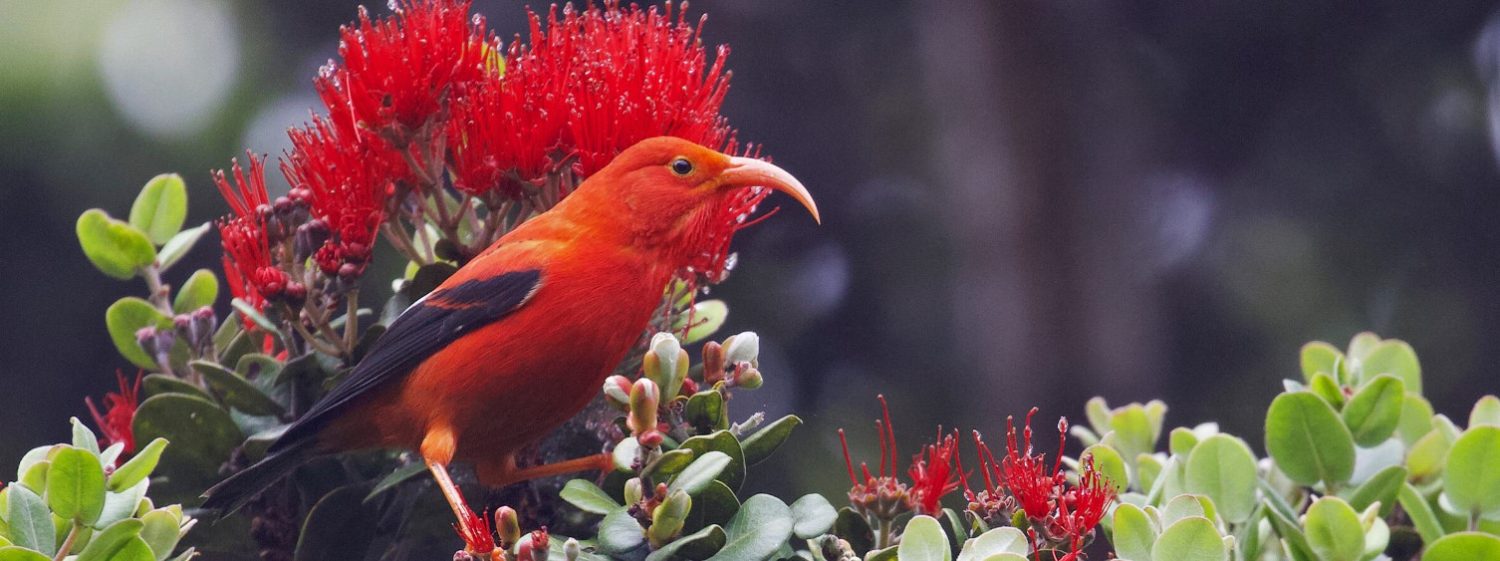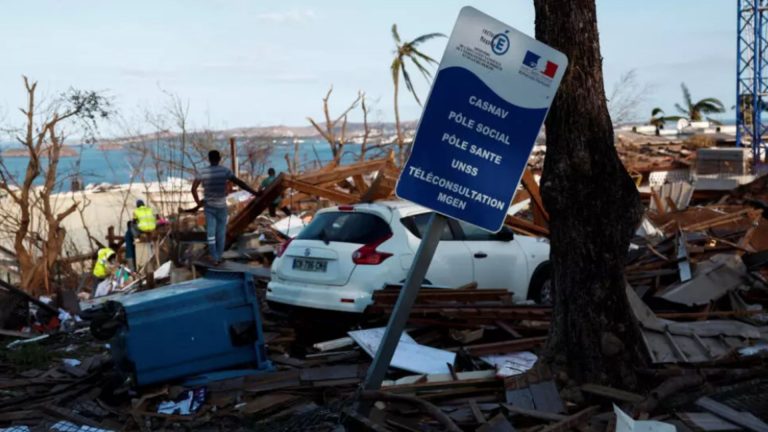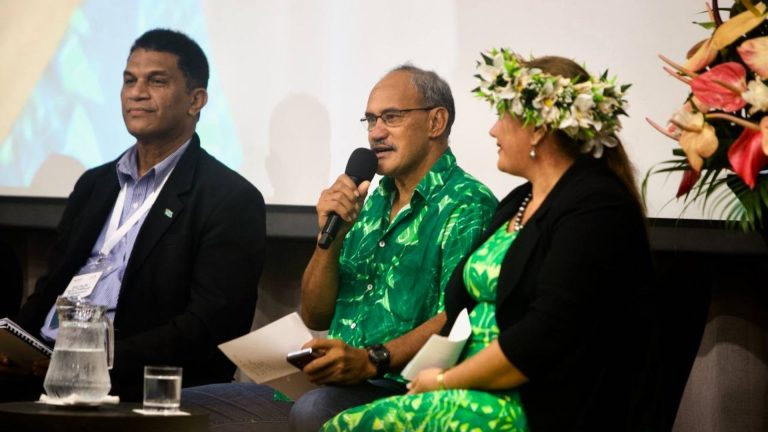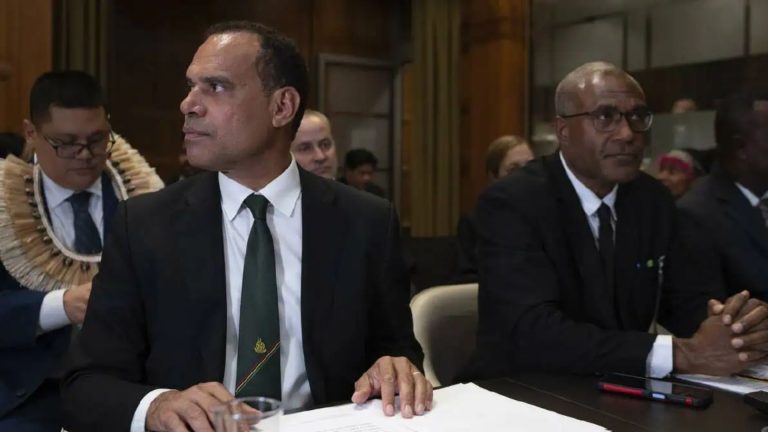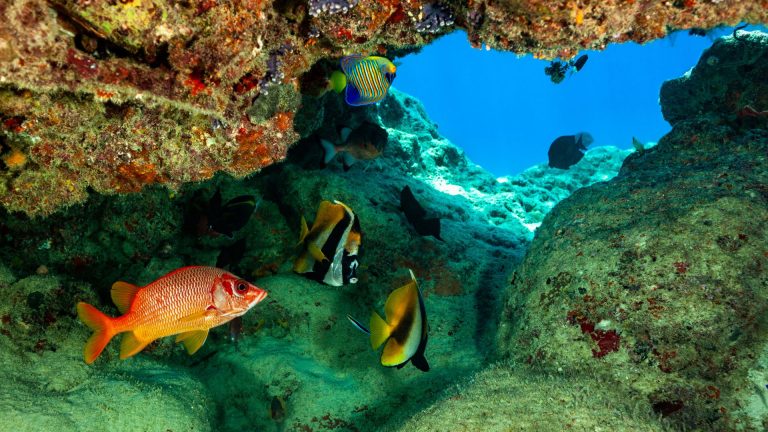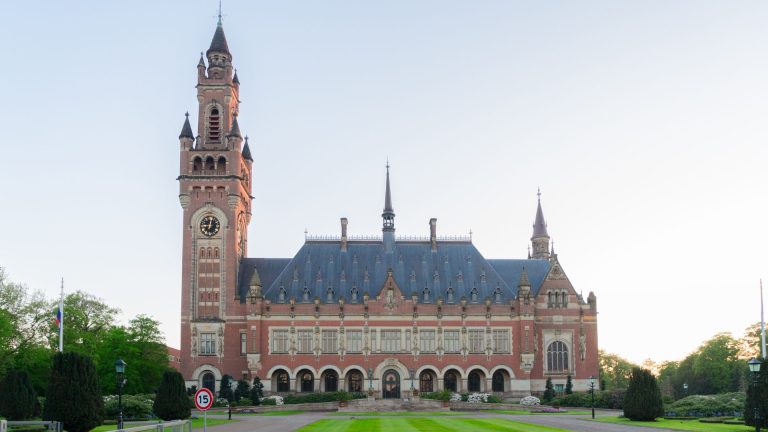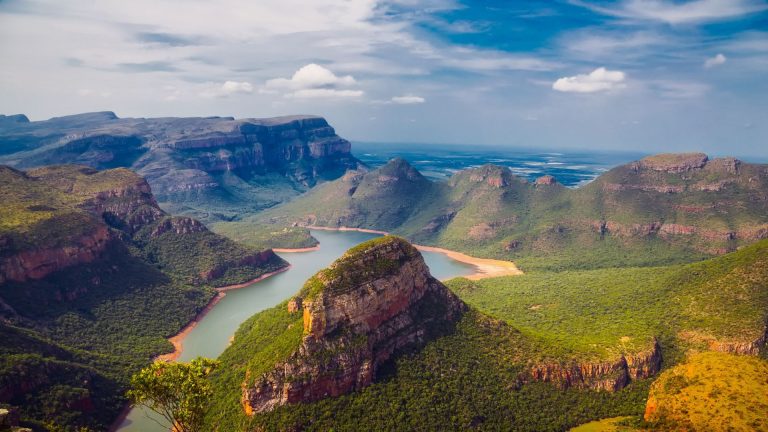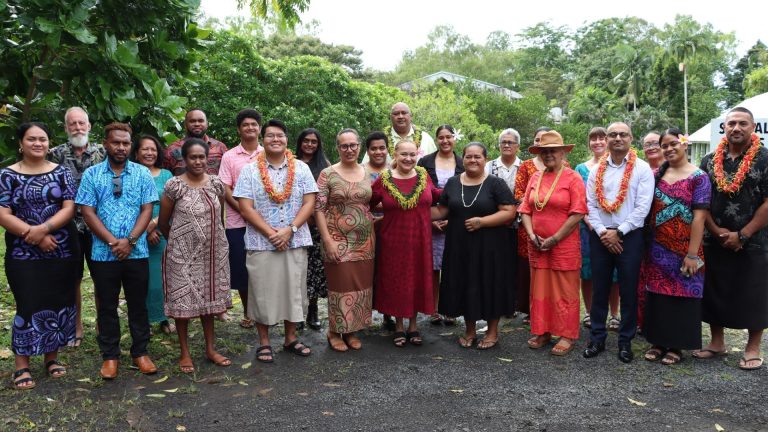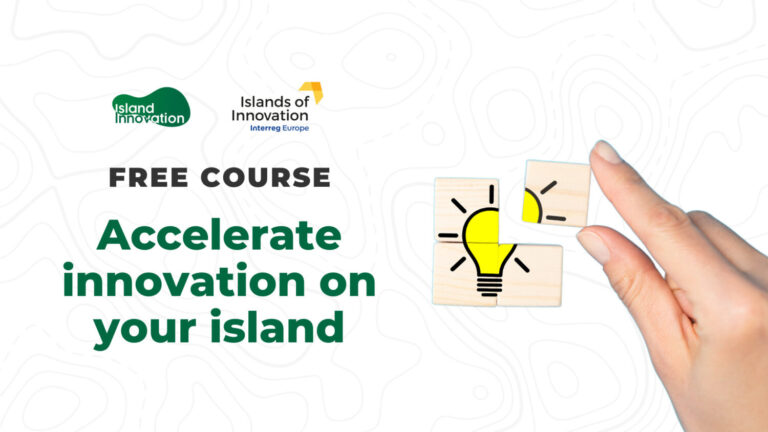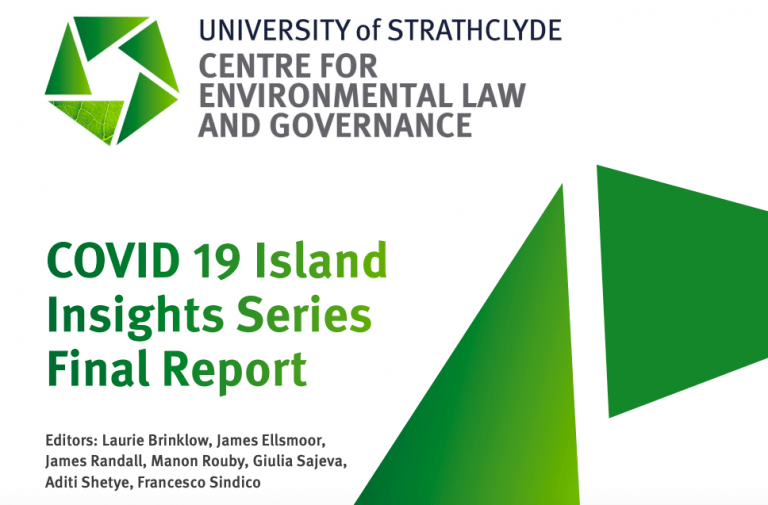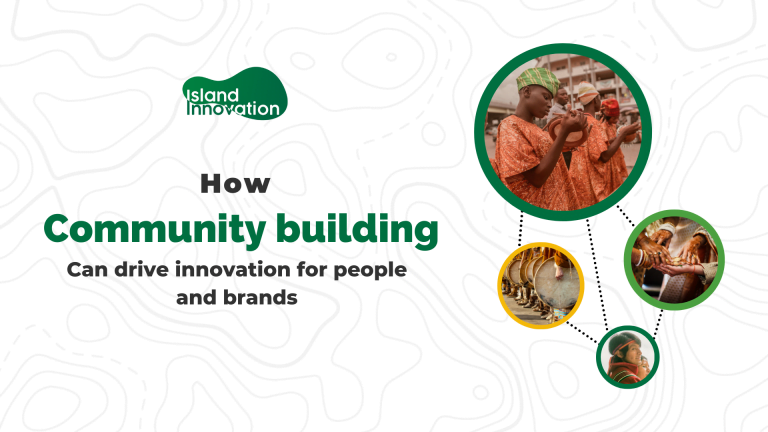Excerpt from news.mongabay.com
The Hawaiian Islands, one the world’s most far-flung island archipelagos, have become known as the extinction capital of the world. Ninety-five of their original 142 bird species have gone extinct since humans first arrived. With 11 more species now among the missing, it’s possible three-fourths of the islands’ birds are already gone.
Scientists believe an additional 100 plants have gone extinct, with 200 plant species down to just 50 or so individuals in the wild. Invertebrates are in trouble too, but lack of baseline data makes it hard to know how many species have vanished. A recent study hints at what’s likely been lost, cataloging the survival of only 15 land snails out of 325 species.
To understand why Hawai‘i and other isolated islands have lost so much, one has to understand how island habitats work. The discipline of island biogeography, or insular biogeography, was a field greatly advanced in the 1960s by ecologist Robert H. MacArthur and biologist E.O. Wilson. An insular environment is defined as an area of habitat suitable to a particular ecosystem, but surrounded by unsuitable habitat. This can be an island isolated by ocean, a mountaintop encircled by lowland, or wildland hemmed in by human-altered landscape (forest restoration in all three of these insular habitat types are explored in this Mongabay mini-series).
But as the years went by, and the native plantings thrived, Kristen says the NGO has grown more confident, but there’s always more to learn. “I’ll never know everything [and] whenever we have different experts come and visit, they always teach us something new, but I do believe that we have probably a 90% grasp on what we’re doing.”
These climate impacts could be expanded greatly if Saving Hawai‘i’s Forests is able to achieve its future restoration goals, or if it inspires similar projects across the Hawaiian archipelago.

